Ever felt puzzled by the extensive variety of craft beers in your local pub? Believe it or not, this abundance is a direct result of federal and state legislation shaping the beer industry.
This article delves into how these government regulations and policies have influenced everything from beer production to consumer preferences. Intrigued? Let’s hop right into it!
Key Takeaways
- Government regulations and policies have greatly influenced the growth of the craft beer industry in the US, resulting in a significant increase in the number of breweries from 92 in 1980 to 8386 today.
- These regulations cover various aspects such as labeling requirements, quality control measures, health and safety standards, and taxation policies that can affect both production costs for breweries and prices for consumers.
- The government also regulates beer distribution and retailing through laws on licensing requirements, age restrictions, advertising restrictions, and fair competition among different brands.
- Brewery locations are governed by zoning laws to ensure compliance with specific requirements such as water supply, waste management, noise control while balancing community needs.
The History of Government Regulations on the Beer Industry
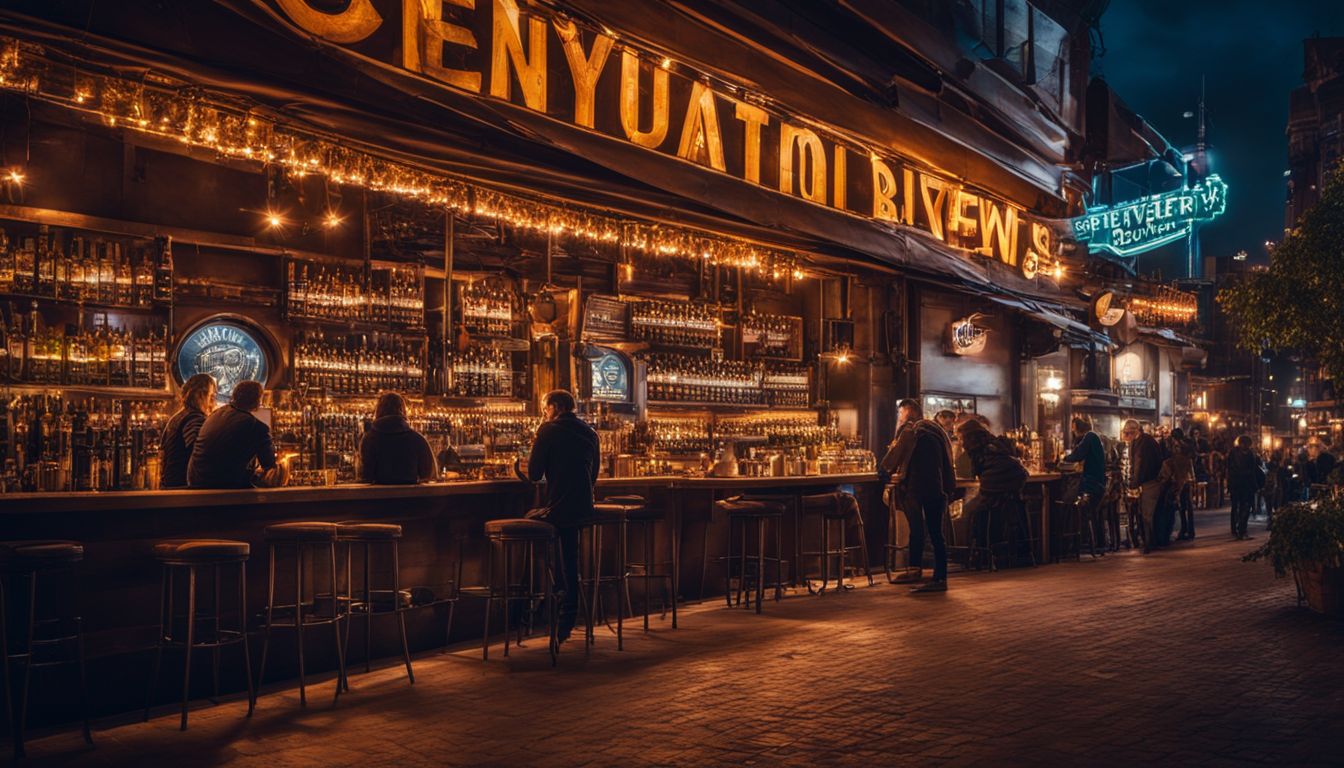
Government regulations have had a significant impact on the growth and development of the beer industry, both at the federal and state levels.
Impact of federal and state legislation on the growth of the craft beer industry

Laws made by the U.S. federal and state governments rule beer making. These laws have shaped the craft beer world a lot. The number of U.S. beer makers has shot up from 92 in 1980 to 8386 today, helped by these rules.
Laws also stop big companies from taking over and keep room for new brands at shops. Many small breweries are born because of this space.
Beer production, distribution, and consumption policies

The government has specific policies and regulations that affect how beer is made, sold, and consumed. Here are some important things to know:
- The number of beer producers in the US has increased from 92 in 1980 to 8386 today.
- Federal and state laws regulate beer production, distribution, and consumption.
- These regulations cover various aspects such as labeling requirements, quality control measures, and health and safety standards.
- The government also oversees the licensing process for breweries and sets guidelines for their operations.
- Distribution of beer is regulated to ensure fair competition among different brands and prevent monopolies.
- There are laws in place regarding the sale of alcoholic beverages, including age restrictions and licensing requirements for retailers.
- Taxation policies influence the cost of beer production, which can impact prices for consumers.
Current Government Regulations on the Beer Industry

Current government regulations on the beer industry in the UK include taxation applied to the craft beer sector, regulations on beer distribution and retailing, as well as brewery locations and zoning laws.
Taxation applied to the craft beer sector
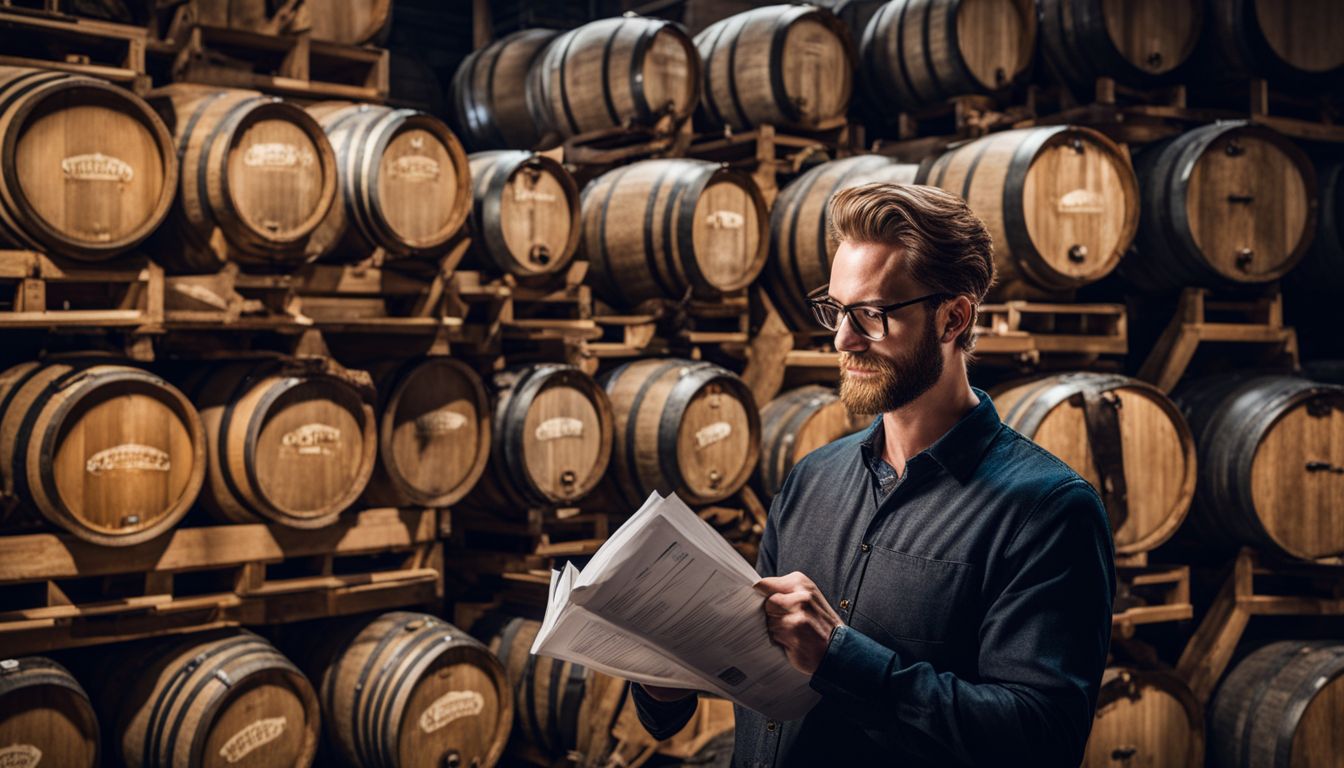
Craft breweries in the United States are subject to taxation, which has an impact on their operations and pricing. The government imposes excise duty on beer production, meaning that breweries have to pay a tax for every gallon of beer they produce.
This taxation adds to the costs for craft brewers and can affect their profitability. It is important for consumers to understand that the taxes levied by the government can contribute to higher prices of craft beers compared to mass-produced ones.
These taxes vary depending on factors such as the size of the brewery and its annual production volume. In recent years, there have been efforts from industry associations and policymakers to advocate for tax reforms that benefit smaller breweries.
Beer distribution and retailing regulations

The government has rules about how beer can be sold and distributed. Here are some important regulations to know:
- Beer distribution is regulated by the government.
- Retailers must follow certain rules when selling beer.
- The government sets limits on how much beer can be sold to one person.
- Some states have special laws for selling beer in grocery stores and convenience stores.
- Brewers sometimes have to work with distributors to get their beer into stores.
- There are laws about how beer can be transported from the brewery to the store.
- The government also regulates the advertising of beer.
Brewery locations and zoning laws

The location of breweries and zoning laws are important aspects of the beer industry. Government regulations often dictate where breweries can be established and what types of areas they can operate in.
This is because breweries have specific requirements for things like water supply, waste management, and noise control. Zoning laws help ensure that breweries are located in appropriate areas that don’t disrupt residential neighborhoods or other sensitive spaces.
These regulations aim to balance the needs of breweries with the well-being of communities. It’s interesting to note that some cities have implemented zoning policies that encourage the growth of craft breweries, recognizing their economic contributions and potential for revitalizing certain neighborhoods.
One fascinating example is how Charlotte, North Carolina used zoning laws to support its craft beer industry while also preserving historic districts. By designating certain areas as “entertainment districts” or “brewery corridors,” Charlotte was able to attract new breweries without compromising the integrity of its older neighborhoods.
The Impact of Government Regulations on the Development of Craft Beer

Government regulations have posed both challenges and opportunities for craft breweries, leading to increased sustainability efforts within the industry and creating barriers to entry while striving for inclusive growth.
Challenges and opportunities for craft breweries

Craft breweries face various challenges and opportunities in the beer industry. One challenge is the intense competition from larger, more established breweries. However, craft breweries have the opportunity to differentiate themselves by offering unique and innovative flavors that cater to consumer preferences for local and artisanal products.
Another challenge for craft breweries is navigating the complex web of government regulations and policies, such as taxation and distribution laws. Despite these challenges, craft breweries can also benefit from government initiatives promoting sustainability in the industry.
Overall, while there are obstacles to overcome, craft breweries have a chance to thrive by embracing their creativity and adapting to evolving market trends.
Sustainability efforts in the craft beer industry
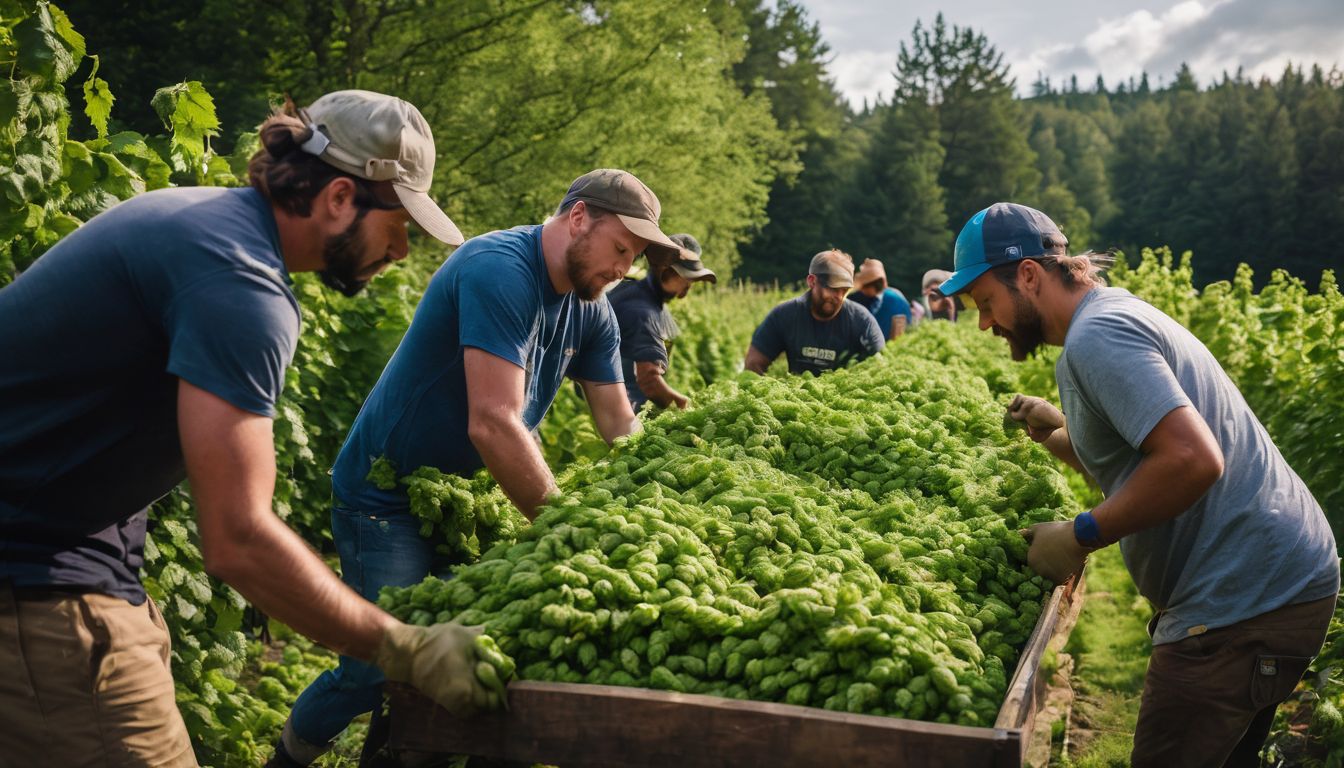
Craft breweries are making important sustainability efforts to reduce their environmental impact. For example, many breweries are implementing eco-friendly practices like using renewable energy sources, reducing water usage, and recycling waste materials.
Some breweries even have onsite gardens where they grow ingredients for their beer or use spent grains as animal feed. These initiatives not only help protect the environment but also demonstrate a commitment to sustainable business practices for beer drinkers who care about the planet.
Barriers to entry and inclusive growth

The beer industry faces several barriers that make it difficult for new breweries to enter the market. One of the main barriers is the high cost of starting a brewery, which includes expenses like equipment, permits, and licenses.
Additionally, there are often strict regulations and zoning laws that limit where a brewery can be located.
These barriers can lead to concentration in the industry, with larger breweries dominating the market. However, in recent years there has been a push for more inclusive growth in the craft beer sector.
This has led to efforts to reduce regulatory burdens and create opportunities for smaller breweries to thrive.
For example, some states have implemented changes in their licensing laws to make it easier for small-scale brewers to start businesses. These changes include creating special license categories with lower fees and fewer restrictions on production volume.
Case Study: Charlotte Craft Beer Industry

The “Pop the Cap” movement in Charlotte led to significant changes in beer regulations. Discover how local policies shaped the craft beer industry in this vibrant city. Read more to explore the impact of government regulations on breweries and innovation.
Brewpubs and the “Pop the Cap” movement

Brewpubs are an important part of the craft beer industry. They are like bars where you can drink beer that was made right there in the same place. In the past, laws restricted how much alcohol brewpubs could serve and how strong their beer could be.
But thanks to a movement called “Pop the Cap,” these laws have changed in many states. Now, brewpubs can sell stronger beers, which has allowed them to offer more variety and creativity to customers.
The “Pop the Cap” movement has been successful in making it easier for people to enjoy different types of craft beer at their local brewpubs. It has helped boost innovation and growth in the industry by giving brewers more freedom to experiment with flavors and styles.
Economic geography of beer regulations in Charlotte
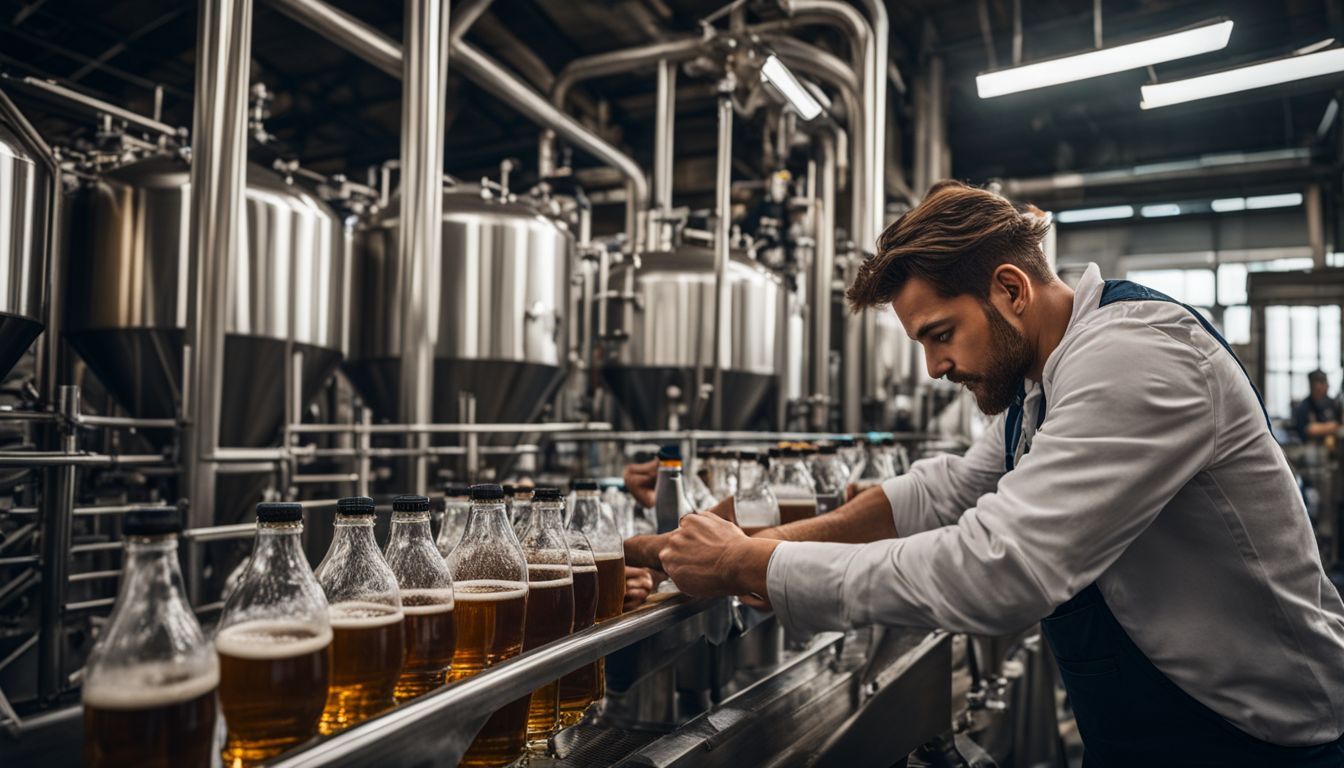
The economic geography of beer regulations in Charlotte refers to how the rules and policies related to beer production, distribution, and sales have impacted the local economy. These regulations include zoning laws that determine where breweries can be located and what activities they can engage in.
In Charlotte, there has been a growth in the craft beer industry, with several brewpubs opening up. The “Pop the Cap” movement played a significant role in changing legislation to allow for higher alcohol content beers.
This has led to an increase in tourism and job opportunities within the city. The economic impact of these regulations is essential for understanding how government policies shape the local beer industry and contribute to its overall growth.
Conclusion: The Future of the Beer Industry under Government Regulations
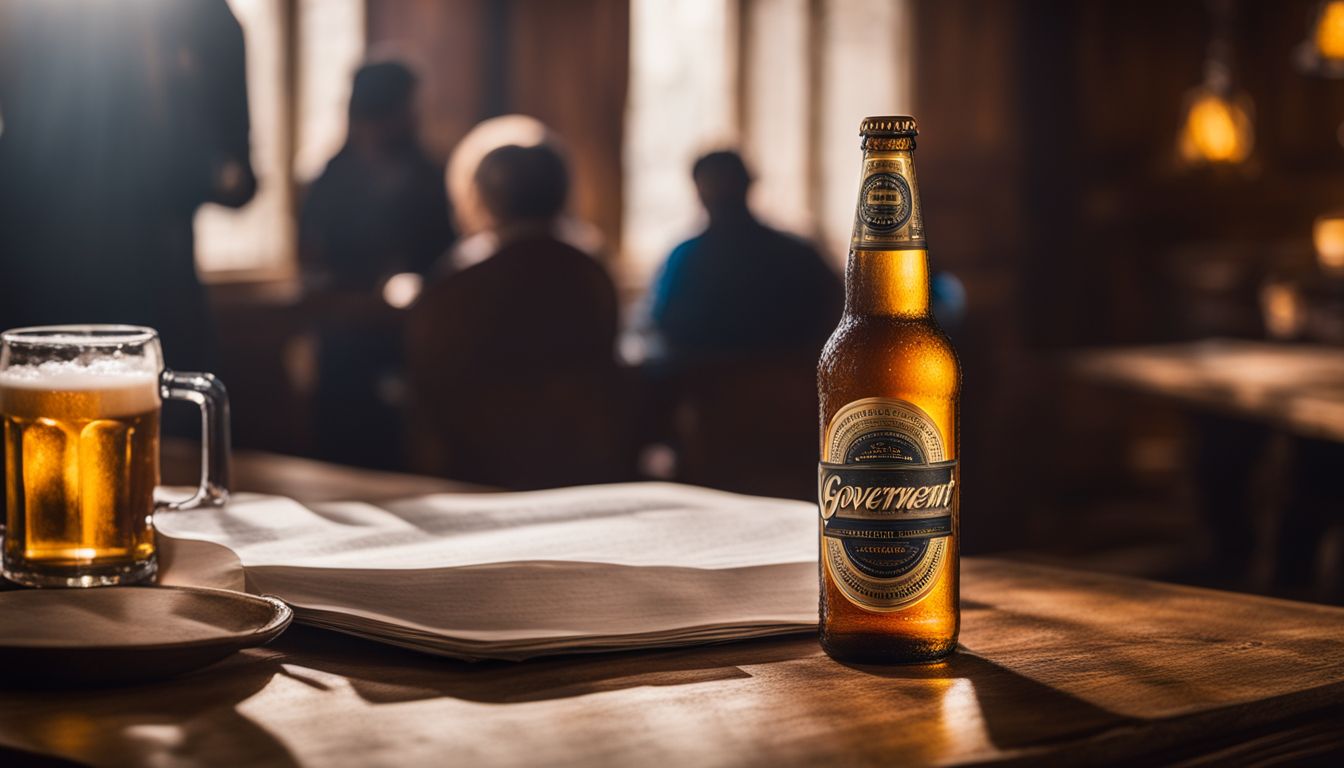
In conclusion, government regulations and policies have greatly influenced the beer industry. They have impacted craft breweries, sustainability efforts, and barriers to entry. The future of the industry will continue to be shaped by these regulations, which play a crucial role in promoting competition and inclusive growth while addressing environmental concerns.
Overall, government intervention is key in ensuring the responsible development of the beer industry.
FAQs
1. How do government regulations and policies affect the beer industry?
Government regulations and policies can impact the beer industry by influencing aspects such as production, distribution, labeling, advertising, taxation, and licensing.
2. What are some examples of government regulations that affect the beer industry?
Examples of government regulations that affect the beer industry include age restrictions for purchasing alcoholic beverages, limits on alcohol content in certain products, requirements for health warnings on labels, and licensing fees for breweries and retailers.
3. How can government policies support or hinder the growth of the beer industry?
Government policies that provide incentives for small breweries or simplify licensing processes can support the growth of the beer industry. Conversely, high taxes or strict advertising restrictions may hinder its growth.
4. Are there any current proposed changes to government regulations that could impact the beer industry?
Yes, proposed changes to government regulations such as tax reforms or amendments to labeling requirements have been discussed recently which may potentially impact how businesses in the beer industry operate.
